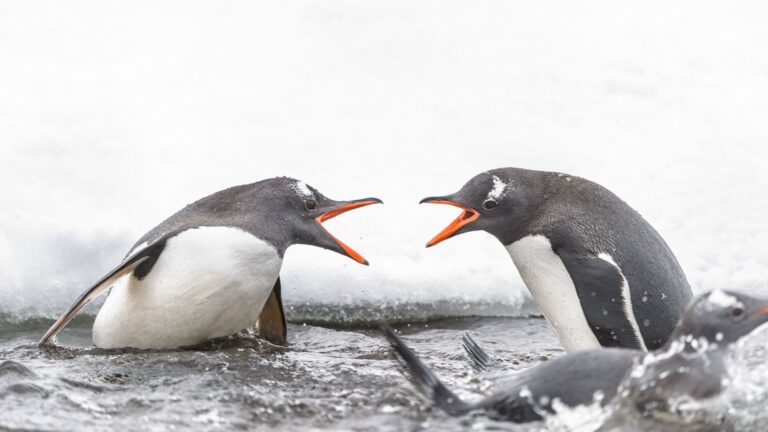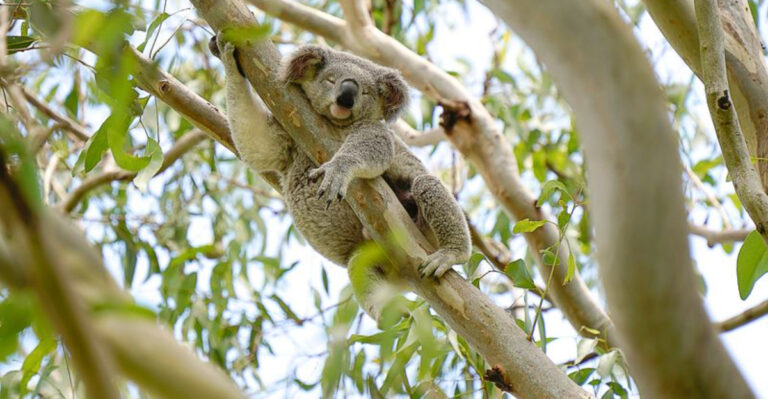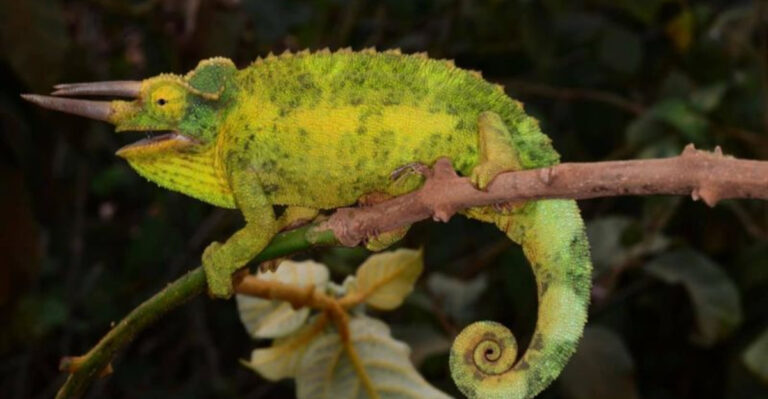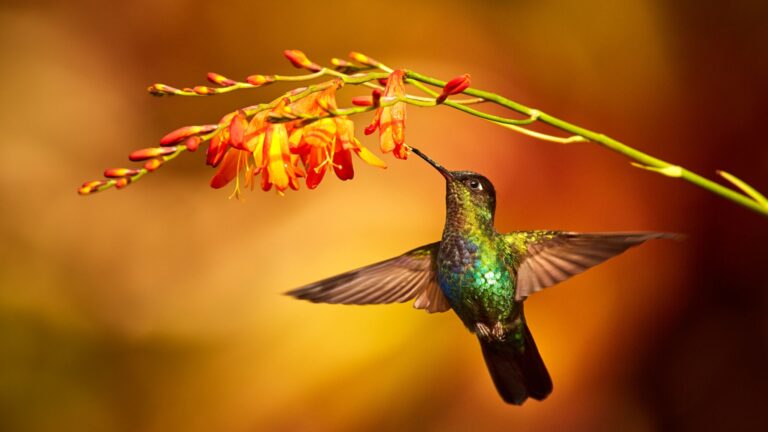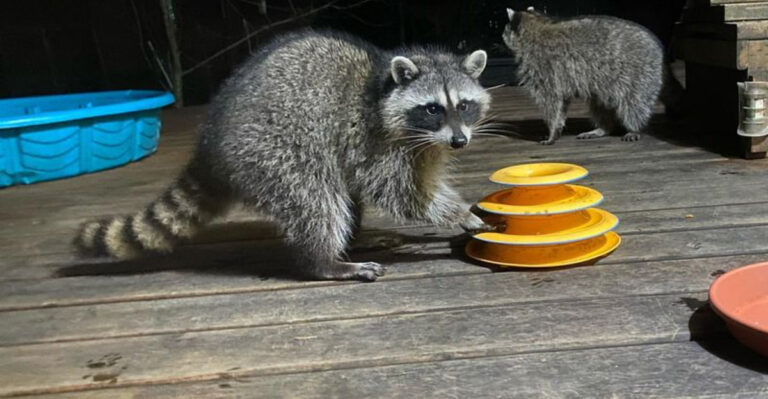New Discovery Of Deep-Sea Spiders Is Unlike Anything We’ve Seen Before
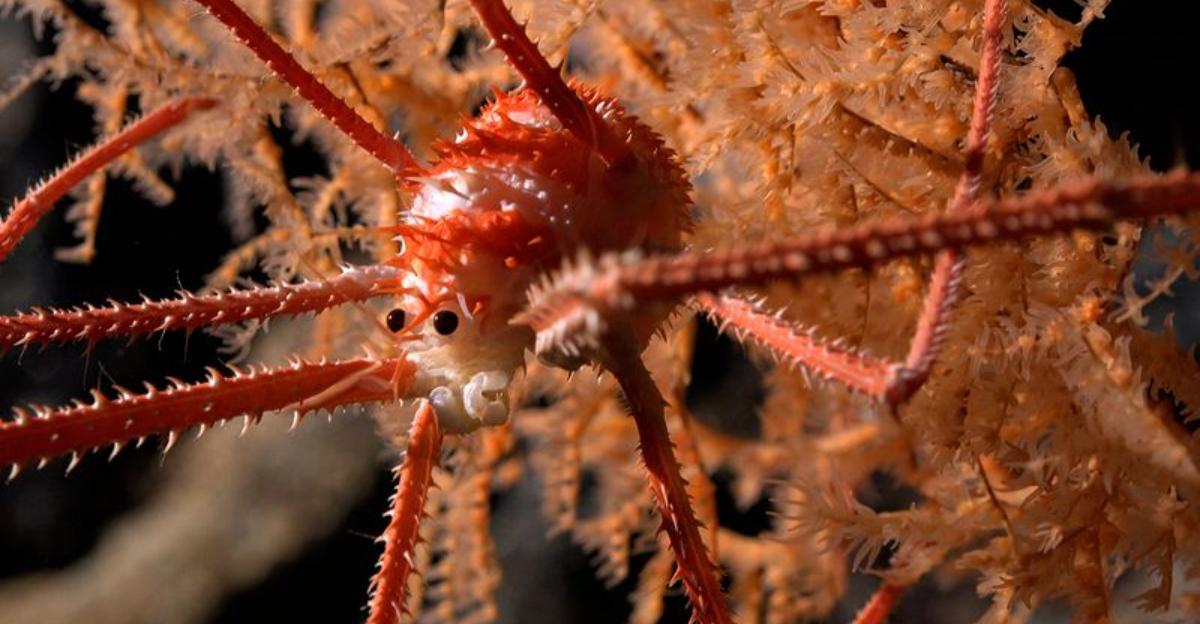
Scientists have just stumbled upon something extraordinary in the ocean depths! Three brand new species of deep-sea spiders have been discovered living in an environment most creatures would find impossible to survive. These mysterious eight-legged animals live nearly 1,000 meters below the surface and have developed incredible adaptations that have left researchers amazed and eager to learn more.
The Discovery Of Three New Species Of Deep Sea Spiders
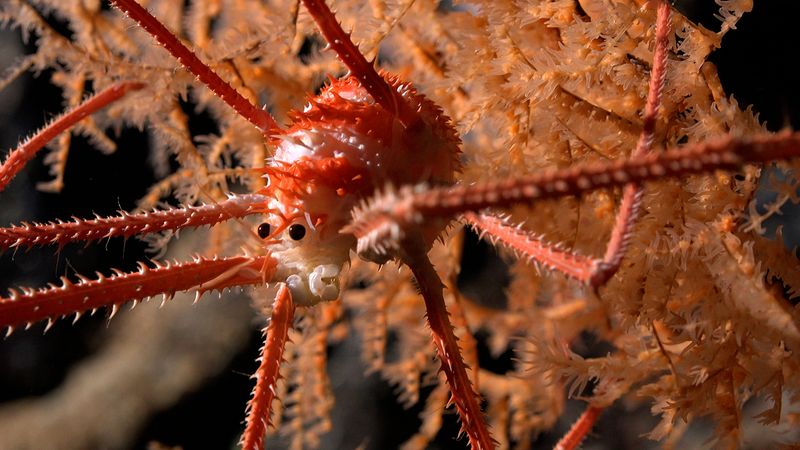
Imagine finding creatures that have been hiding from human eyes for millions of years! Marine biologists recently identified three previously unknown spider species dwelling in the darkest parts of our oceans.
These eight-legged explorers have evolved completely different survival strategies than their land-dwelling cousins. Unlike typical spiders that spin webs and hunt insects, these deep-sea relatives have developed unique adaptations for one of Earth’s most extreme environments.
A Unique Symbiotic Relationship With Methane-Oxidizing Bacteria
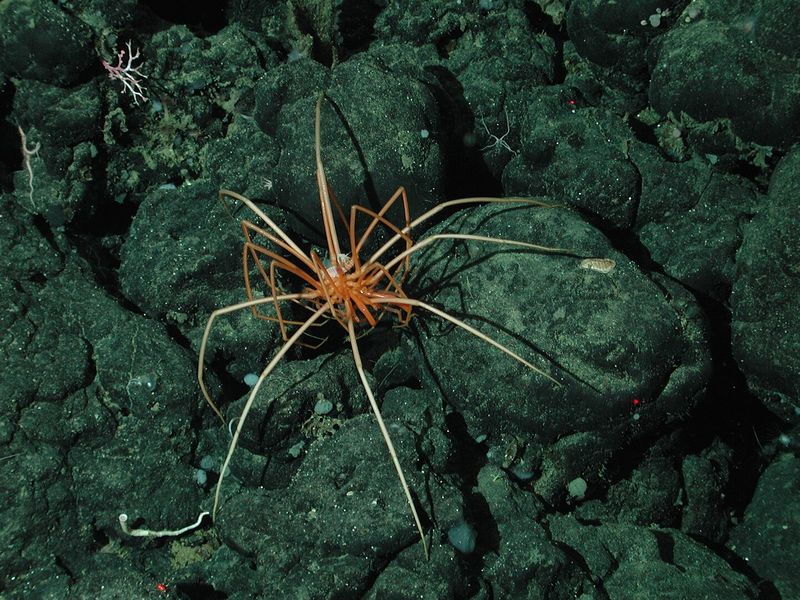
Partnerships in nature don’t get much stranger than this! These spiders host specialized bacteria on their exoskeletons that can convert methane – a compound abundant in deep-sea environments – into usable energy.
The relationship benefits both organisms perfectly. The bacteria gain a stable home while the spiders receive nutrients they couldn’t otherwise access in the nutrient-poor deep ocean. This remarkable teamwork represents one of the most unusual symbiotic relationships ever documented in marine arthropods.
Exploring The Deep Sea At 1,000 Meters Off The Pacific Coast
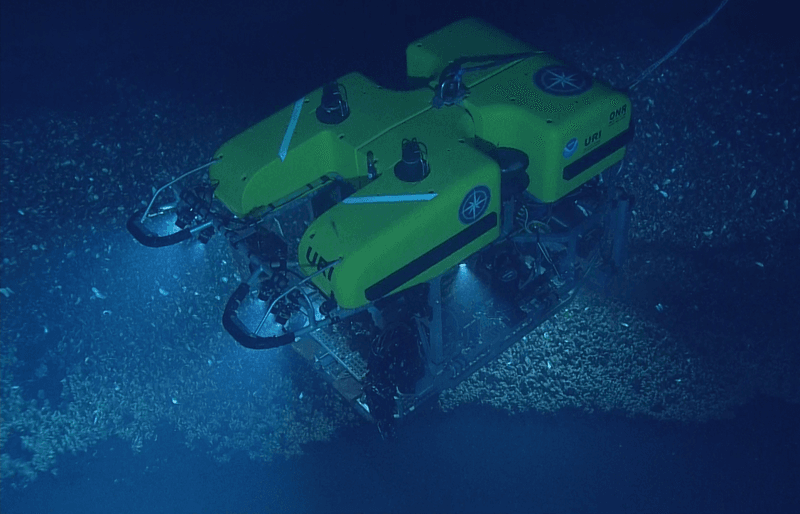
At depths where sunlight cannot penetrate, these remarkable spiders make their home in a realm of eternal darkness. Located approximately 1,000 meters below the Pacific Ocean’s surface, their habitat experiences crushing pressure – about 100 times greater than at sea level!
Researchers used specialized deep-sea submersibles equipped with powerful lights and sampling tools to observe these creatures. The environment is so extreme that fewer humans have visited these depths than have traveled to space.
How These Sea Spiders Rely On Bacteria For Essential Nutrients
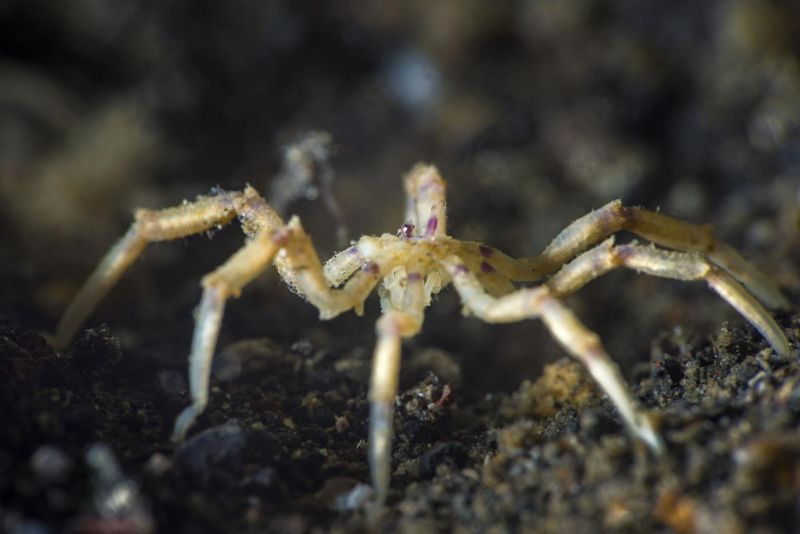
Forget hunting prey like regular spiders! These deep-sea marvels have essentially “farmed” bacteria on their bodies as their primary food source.
The bacteria consume methane and convert it into carbon compounds that the spiders can absorb directly through their exoskeletons. Scientists believe this evolutionary strategy developed because traditional food sources are scarce in the deep sea. This adaptation allows the spiders to thrive where other creatures would starve.
The Role Of Methane And Methanol In The Spiders’ Diet
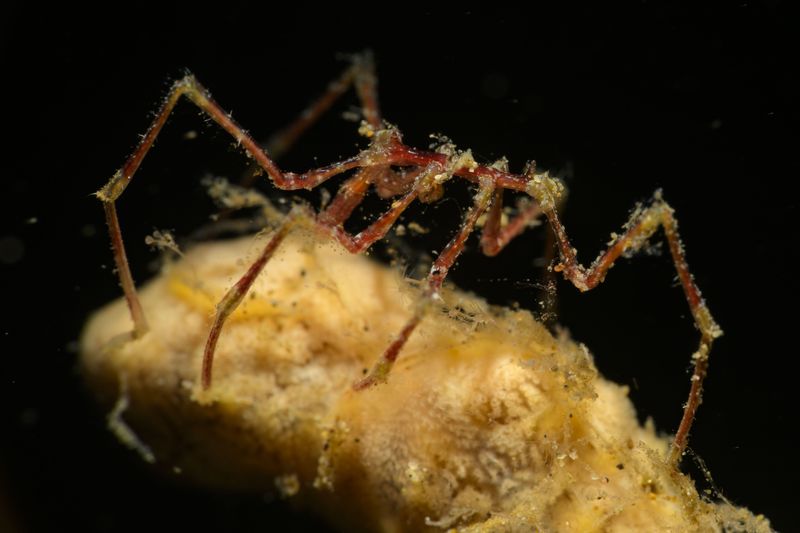
Who needs a kitchen when you have chemistry? These remarkable spiders live near natural methane seeps on the ocean floor, positioning themselves to maximize their bacterial partners’ access to this energy-rich compound.
The bacteria convert methane into methanol and other compounds that provide energy. For the spiders, it’s like having tiny power plants attached to their bodies! This chemical partnership represents an entirely new feeding strategy never before seen in arthropods.
A Look Into The Deep Sea Food Web And Chemosynthetic Organisms
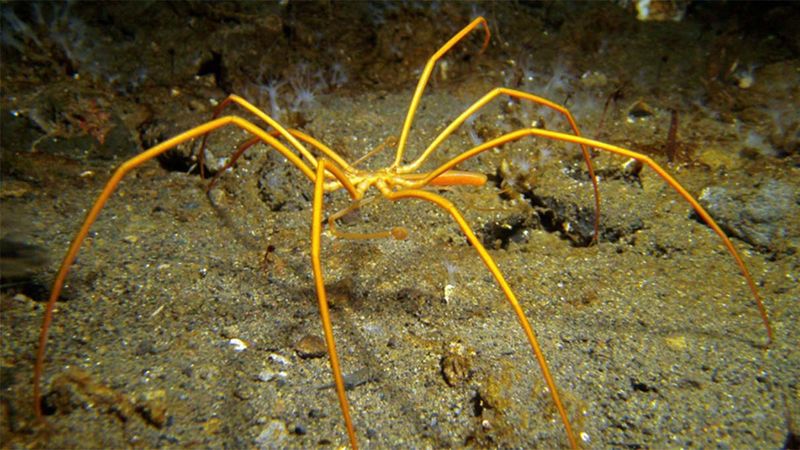
Far from the sun-powered ecosystems we’re familiar with, these spiders belong to a food web based on chemistry rather than light. Chemosynthetic organisms like their bacterial partners create energy from chemical compounds instead of sunlight.
Similar systems exist around hydrothermal vents, but this spider-bacteria partnership represents a new branch on the tree of deep-sea life. Their discovery helps scientists better understand how life can adapt to seemingly impossible conditions without relying on the sun’s energy.
Examining The Exoskeletons: Microbes That Power The Spiders’ Survival
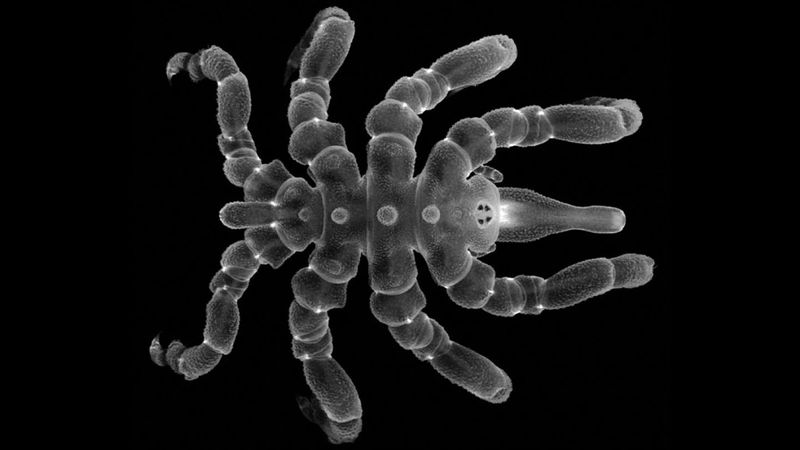
Under the microscope, these spiders’ shells reveal an astonishing sight! Their exoskeletons feature specialized grooves and pockets that create perfect homes for their bacterial partners.
These modified surfaces increase the available area for bacteria to grow – similar to how our intestines are folded to maximize nutrient absorption. Some areas of the exoskeleton are even thinner, potentially allowing easier transfer of nutrients from the bacteria directly into the spider’s body tissues.
The Importance Of Deep Sea Exploration In Understanding Extreme Ecosystems
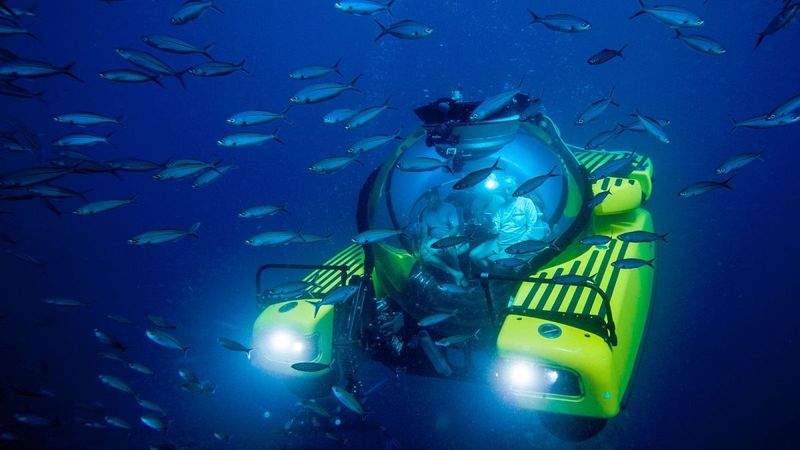
Without venturing into the ocean depths, we’d never know these incredible creatures existed! Modern exploration technology has finally allowed scientists to reach these previously inaccessible realms and make groundbreaking discoveries.
Each deep-sea mission reveals organisms that challenge our understanding of life’s limits. These spiders remind us that we’ve barely scratched the surface of Earth’s biodiversity. The deep ocean remains our planet’s last great frontier, with countless species still awaiting discovery.
What This Discovery Means For The Future Of Marine Arthropod Research
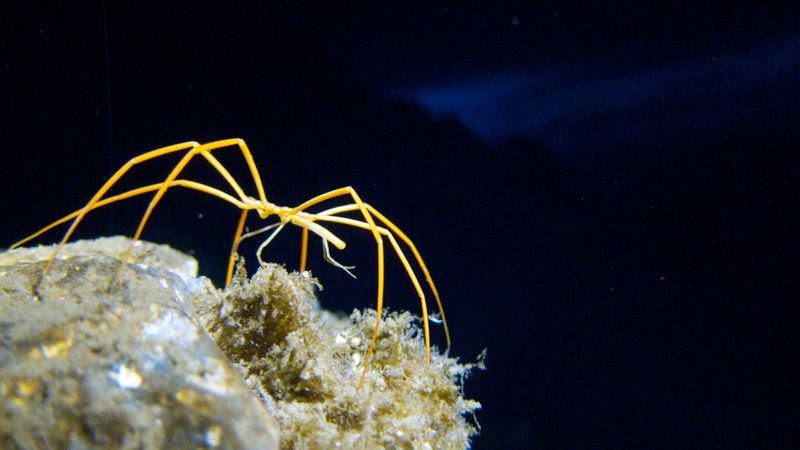
Scientists are buzzing with new questions about evolutionary possibilities! These spiders force researchers to reconsider what we know about arthropod adaptation and survival strategies.
The discovery opens exciting avenues for biotechnology research, as the bacteria-spider relationship could inspire new methods for creating biofuels or processing waste gases. Understanding how these creatures thrive might even help us comprehend how life could exist on other planets with methane-rich environments like Saturn’s moon Titan.

